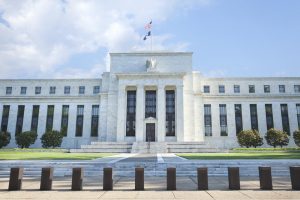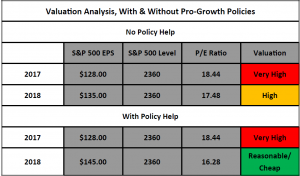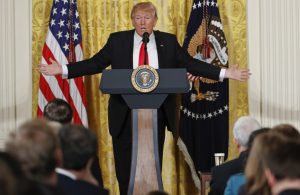What to Expect in Tomorrow’s Jobs Report. March 9, 2017
Jobs Report Preview: For notable releases like tomorrow’s jobs report, the Sevens Report offers a “Goldilocks” outlook to give a few different scenarios: too hot, too cold, and just right.
This gives our subscribers clear talking points to explain the importance of the report to clients and prospects clearly and without a lot of jargon. As always, the Sevens Report is designed to help you cut through the noise and understand what’s truly driving markets—all in seven minutes or less and in your inbox by 7am each morning. Sign up for your free 2-week trial today and see the difference this report can make for you.
Wednesday’s ADP Jobs Report clearly put upward pressure on expectations for tomorrow’s government report. And, there’s good reason for that. Over the past five months, the ADP report has been within 10k jobs of the official jobs report (the one outlier was November, when ADP was 50k over the actual jobs report). So, yesterday’s 298k jobs blowout implies a big number tomorrow.
Given that, the major issue for tomorrow’s jobs report is simple: Will it cause the Fed to consider more than three rate hikes in 2017? If the answer is “yes,” than that’s a headwind on stocks. If the answer is “no,” then it shouldn’t derail the rally.
Getting a bit more specific, the only reason the dollar is still generally stuck at resistance at 102 (and below the recent high at 103), and the 10-year yield is still below 2.60% is because the market assumes that the Fed will still only hike rates three times this year.
If that assumption gets called into doubt via a very strong jobs and wage number tomorrow, we will see the Dollar Index likely surge through 103 and the 10-year yield bust to new highs above 2.60%, and then they will begin to exert at least some headwind on stocks.
So, tomorrow’s jobs report is potentially the most important jobs number in years, as it has the ability to fundamentally alter the market’s perception of just how “gradual” the Fed will be in hiking rates.
“Too Hot” Scenario (Potential for More than Three Rate Hikes in 2017)
- >250k Job Adds, < 4.9% Unemployment, > 2.9% YOY wage increase. A number this hot would likely ignite the debate about whether the Fed will hike more than three times this year (or more than 75 basis points if the Fed hikes 50 in one meeting). Likely Market Reaction: Restricted for subscribers: Access today by signing up for your free 2-week trial.
“Just Right” Scenario (A March Rate Hike Is A Guarantee, But Three Hikes for 2017 Remain the Expectation)
- 125k–250k Job Adds, > 5.0% Unemployment Rate, 2.5%-2.8% YOY wage increase. This is the best-case scenario for stocks, as it would imply still-stable job growth, but not materially increase the chances for more than three rate hikes in 2017. This is the most positive outcome for stocks. Likely Market Reaction: Restricted for subscribers: Access today by signing up for your free 2-week trial.
“Too Cold” Scenario (A March Hike Becomes in Doubt)
- < 125k Job Adds. This would be dovish, and while the fallout would be less than previous months given the market’s focus on future growth, the bottom line is bad economic data still isn’t good for stocks. Dovish isn’t bullish any-more. Likely Market Reaction: Restricted for subscribers: Access today by signing up for your free 2-week trial.
Join hundreds of advisors from huge brokerage firms like Morgan Stanley, Merrill Lynch, Wells Fargo Advisors, Raymond James and more… see if the Sevens Report is right for you.









